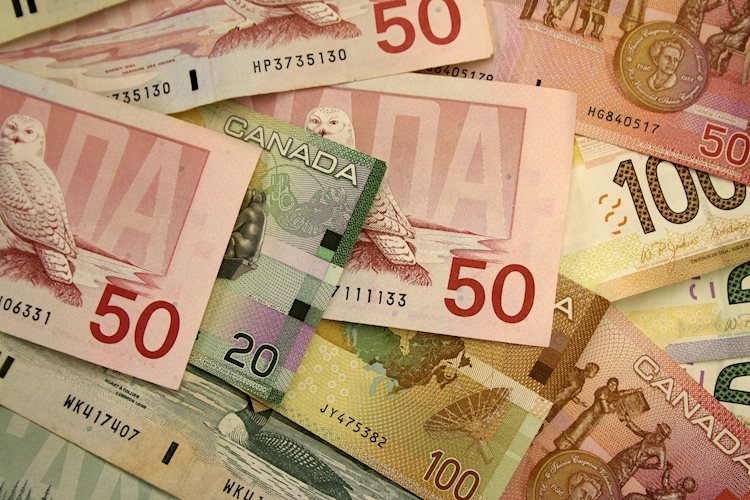The Canadian Dollar (CAD) saw slight gains on Wednesday, driven more by an increase in broad-market risk appetite and a bullish rebound in Crude Oil prices rather than any significant shift in CAD sentiment. The Federal Reserve Chairman Jerome Powell delivered the Fed’s latest Semi-Annual Monetary Policy Report, with US inflation figures scheduled later in the week posing the main risk event for market participants.
Canada’s economic calendar has been quiet this week, with no major Canadian data releases anticipated until next week. Canadian CPI inflation numbers are due next Tuesday, while Canadian Retail Sales data is expected the following Friday. In the meantime, market flows will likely be influenced by US inflation figures, including the Consumer Price Index (CPI) and Producer Price Index (PPI) data set to be released on Thursday and Friday, respectively.
Despite the lack of significant data, the Canadian Dollar found support from rising Crude Oil prices and a general improvement in investor sentiment during the midweek market session. Fed Chair Powell reiterated the Fed’s stance on inflation easing to the 2% target, suggesting that a rate cut may be imminent. Rate traders are currently leaning toward a September rate cut, with markets pricing in a 25 basis point trim to the fed funds rate on September 18.
Technical analysis indicates that the Canadian Dollar traded higher against the US Dollar and other major currencies on Wednesday. USD/CAD continued to hover just above 1.3600, with short-term pressure pushing the USD lower against the CAD. Daily candlesticks are moving toward the 200-day Exponential Moving Average (EMA) at 1.3590, with resistance levels above 1.3750.
Key factors driving the Canadian Dollar include interest rates set by the Bank of Canada (BoC), the price of Oil, the overall health of the Canadian economy, inflation, and the Trade Balance. Market sentiment and the US economy also influence the CAD. The Bank of Canada’s interest rate decisions and quantitative easing measures impact the CAD, as do fluctuations in Oil prices, Canada’s largest export.
Higher Oil prices typically lead to a stronger Canadian Dollar, as increased demand for the currency follows rising Oil prices. Inflation, which can attract capital inflows from global investors seeking higher returns, usually results in higher interest rates and a stronger CAD. Macroeconomic indicators such as GDP, PMIs, and consumer sentiment surveys can also impact the CAD, with a strong economy generally resulting in a stronger Canadian Dollar.





















